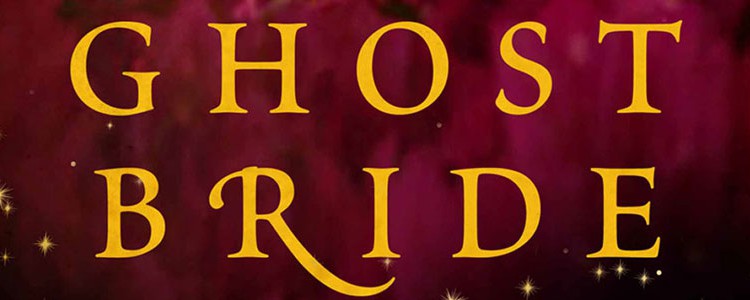Literati – A look at the world of publishing, books and writers ( 5/6 July 2014)
 (My monthly column, Literati, in the Hindu Literary Review was published online ( 5 July 2014) and in print ( 6 July 2014). Here is the url http://www.thehindu.com/books/literary-review/literati/article6180413.ece . I am also c&p the text below. )
(My monthly column, Literati, in the Hindu Literary Review was published online ( 5 July 2014) and in print ( 6 July 2014). Here is the url http://www.thehindu.com/books/literary-review/literati/article6180413.ece . I am also c&p the text below. )
In 1826, Henry Carey employed 30 presses to print editions of Lord Byron’s Don Juan in 36 hours to capitalize on the demand, and to maximize profits in a small window of opportunity before the pirates struck with cheaper editions. With the Industrial revolution in the nineteenth century new printing techniques meant works could be printed much faster than on traditional hand presses. Mass production implied cheaper editions. It also catered to a growing demand (albeit uneven) with rising literacy and disposable income. According to Michael Bhasker in his brilliantly insightful and award-winning book, The Content Machine “at no point is publishing separable from the technological potential of its position”.
This could be applicable to the ongoing ugly spat between Amazon and publishers in different territories. In USA, Amazon is renegotiating its ebook deal with Hachette Book Group, New York, seeking better terms. In UK publishers are up in arms against the retail giant since it has asked publishers (among other demands) to give it the right to publish out-of-stock books using print-on-demand (POD). In Germany, the German Publishers’ and Booksellers’ Association has filed an antitrust complaint against the US giant claiming that Amazon’s aim is to negotiate bigger price cuts on the purchase of e-books which the association put at up to 50 percent. Last week the French Parliament voted unanimously in favour of a new law nicknamed “The Anti-Amazon Law”. According to Melville House blog “the new law forbids the combination of free shipping and a 5% discount on online book sales, meaning that sites like Amazon cannot offer consumers free delivery as a way to undercut independent bookshops, and it drastically curtails the kind of discount packages Amazon can attempt.” In the publishing industry income generation comes from selling of content in various formats, using different frames and licensing to territories across the world.
There are some schools of thought that view a book as providing a “reading service”, with content that can easily be stripped and repackaged in smaller morsels for distribution on various platforms, catering conveniently to myriad reading sensibilities, at the right price point for the customer. Online retailers specialize in selling printed and ebooks. Amazon began its successful online retail business selling books. It slowly built its business to include self-publishing (KDP), cloud hosting services (Amazon EC2) and now the Amazon Fire Phone. Another data collection and mining online giant, Google announced its decision to invest US$1b on a fleet of satellites to extend Internet access to regions where it is impossible to lay cables. (In June, Google invested $500 million in buying SkyBox.) In India Flipkart announced the launch of its maiden tablet— Flipkart Digiflip Pro XT 712. With the proliferation of electronic devices I would not be surprised to learn if the current contracts signed with publishers will be renegotiated by online retailers to shift from distribution to seeking “universal rights”, in the long run bypassing publishers entirely. Although news reports are buzzing with analysis and speculation about these disputes, details are extremely hard to come by. But it stands to reason, owning copyright to content already being made available on these platforms will negate the need for these service providers to enter into third party negotiations, making them efficient and effective distributors. After all content is the oil of 21st century.
Digital inroads into the industry have shown a voracious appetite for length agnostic readers, especially on smartphones and tablets. Byliner’s briefly successful run was a commendable pioneering effort. In its place other publishers will step in. The first to do so is Deca (www.decastories.com), a collective of award-winning journalists committed to releasing “stories, longform and deeply reported stories” once a month on Kindle. Myra Hvistendahl’s “And the City Swallowed Them” is their inaugural offering. It is an enthralling story about the murder of a Canadian model in Shanghai. If this is the benchmark for readers, then it is a high one for publishers worldwide.
These changes in the English-language space of publishing will have an effect on other languages too. For now Worldreader is making digital books for early readers available on smartphones in Indian languages such as Bengali, Gujarati, Hindi, Marathi, Punjabi and Kannada. Even Harlequin has begun language experiments in India but it is early days. In the not so distant future many more languages will be represented realistically on the internet, using technological innovation to their advantage, garnering new readers and publishing markets too.
5 July 2014
( C) Jaya Bhattacharji Rose
@JBhattacharji









